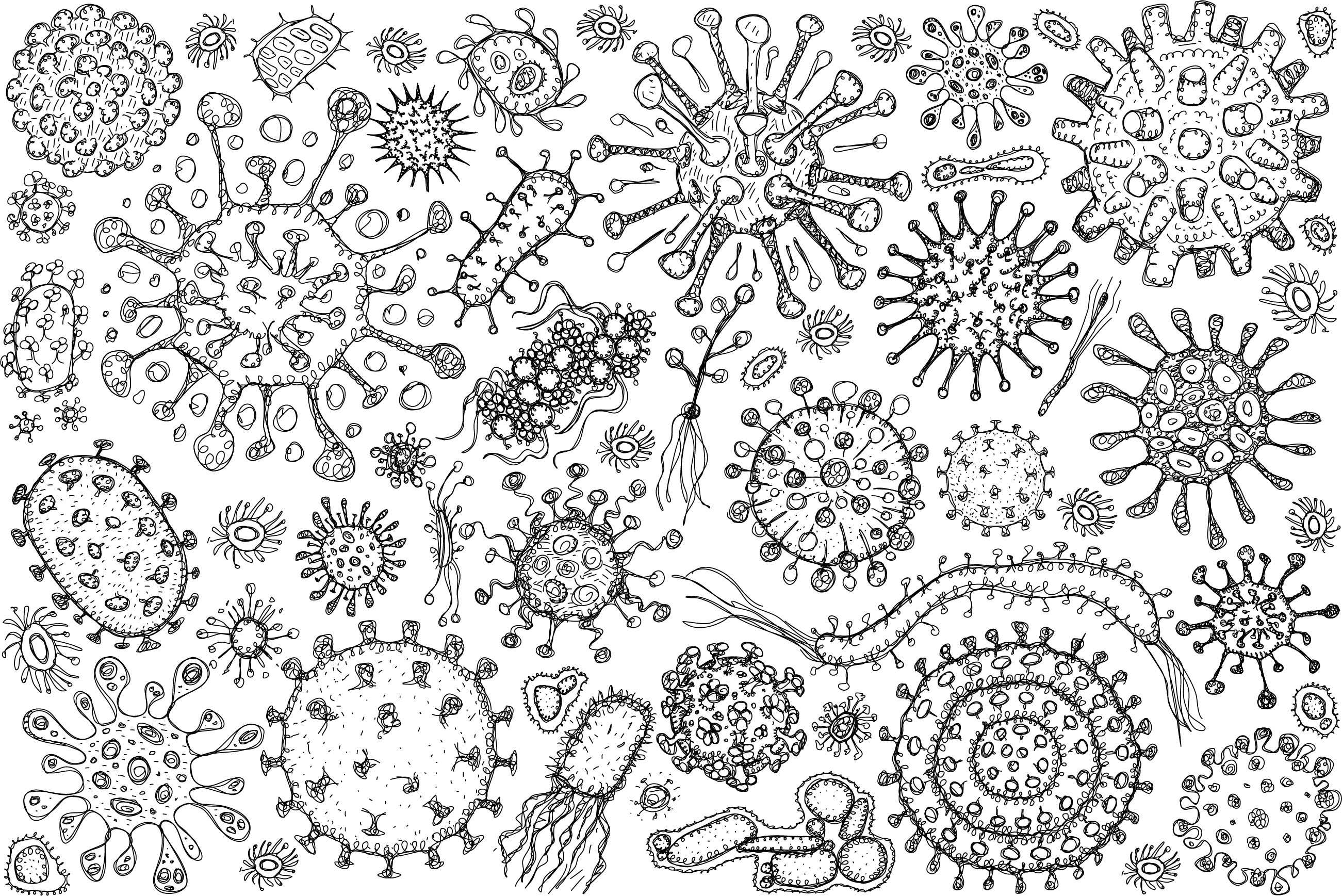
Most pathogenic bacteria interact with the cells of its host organism at some point during an infection. Some of these microorganisms have even developed the means to enter into host cells and commandeer host cell functions and supplies.These bacterial pathogens are able to trick the host cell into letting down its barriers, allowing the pathogens not only access to the cell but also refuge from host immunological defenses.However, the biochemistry of how these bacteria adhere, enter, survive, replicate, and exit host cells is not well defined. Research in our laboratory is directed at studying the interactions that occur between pathogenic bacteria and host cells, including the molecular mechanisms of host-parasite interactions of intracellular bacteria.Several adherent and invasive bacterial pathogens are used for comparative purposes, including salmonella species and pathogenic eschericia coli strains.
We have developed several model systems to study such processes, including polarized epithelial cell layers, an in vitro blood brain barrier, and other cultured cell systems. our current work is based on identifying bacterial and host products necessary for adherence, invasion, intracellular survival, and intracellular replication. This includes characterization of the intracellular targetting of internalized salmonella typhimurium, and the interactions that occur between internalized bacteria and host vesicular transport systems.
By isolating Salmonella-containing vacuoles, we have begun to probe the composition of the vacuole membrane surrounding internalized bacteria, and to identify bacterial genes that are involved in these processes. We are also determining if these events occur in vivo by using confocal microscopy of infected organs.
We are also examining signals that are transduced in the host cell by enteropathogenic eschericia coli (epec), and determining how this relates to host cell cytoskeletal rearrangements and bacterial attachment.
EPEC, a diarrhea-causing organism, injects a bacterial protein into the host cell which then forms a receptor for attachment of the bacterium. It also secretes proteins which activate host signal transduction and rearrange the host cytoskeleton. we are also determining if these processes occur in vivo and their contribution to disease.
In addition, we are studying enterohemorrhagic E. coli (EHEC, E. coli o157:h7) as it has many similarities to EPEC. EHEC is the causative agent of “hamburger disease” and has been found in several recent outbreaks of food poisoning in north america.

